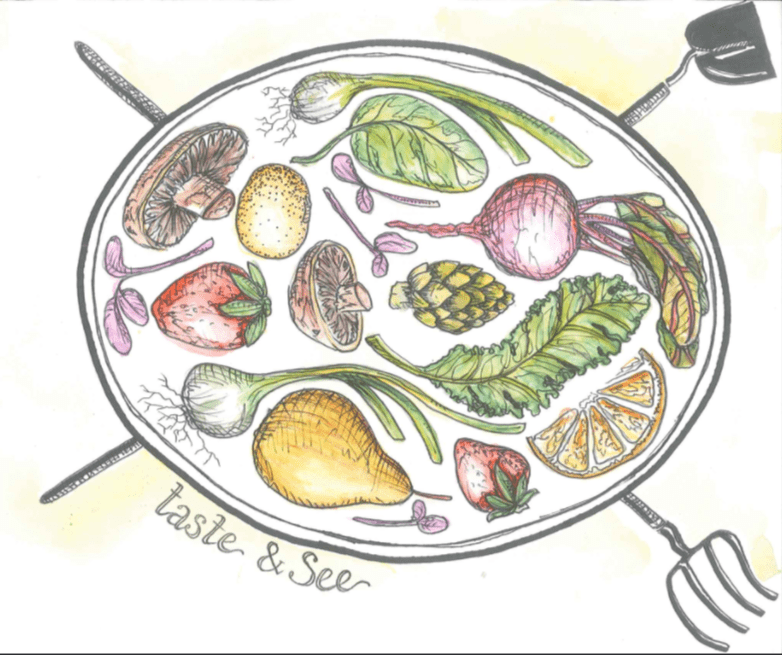Pesticides. The word evokes negative connotations for many an eater. But what risks do they actually pose? And how should they impact our food sourcing decisions?

Consumer Reports recently released a fantastic in-depth study analyzing the proliferation of harmful pesticides in 35 common fruits and vegetables. Using seven years of data from the US Department of Agriculture and nearly 30,000 individual food samples, CR examined pesticide residue numbers in conventional and organic produce, grown both in the United States and shipped in from overseas.
We recommend reading the full article by Catherine Roberts, but we’ve also included our main takeaways and summary below for a quicker read.

Key Takeaways:
-
- Pesticide Risks: About 20% of commonly consumed produce, such as bell peppers, blueberries, and potatoes, have significant pesticide risks. Green beans and peaches are particularly concerning.
- Organic vs Conventional Options: Over half of the non-organic fruits and vegetables tested pose at least a minimal risk vs only showing low to very low pesticide risk in nearly all organically grown produce.
- Local vs Domestic Options: Overall, imported vs domestically grown produce is generally comparable in terms of pesticide risk. However, the analysis found that fruits and vegetables sourced from Mexico pose an inordinately high threat of harmful pesticide residue.
- Recommendations: The report advocates for stricter regulations and bans to protect consumers, but until then, the logical conclusion is to choose organic and local sources for as much of your produce as possible.

Are the regulations enough?
Wouldn’t it be nice to fully trust in the global food system, or to believe all producers have the consumer’s best in mind? Yet, how effective are our regulators at keeping dangerous and banned substances away from our food? And how willing are our domestic large scale conventional farmers to protect the health of American consumers? Unfortunately, the answers to these questions are less than hopeful.
According to the article, analysis showed that some of the tested green beans were found to have “…residues of a pesticide that hasn’t been allowed to be used on the vegetable in the U.S. for over a decade.” Not what you want to hear. Even more common than blatant violations of the law, growers often have other ways of getting around the regs: “When a high risk pesticide is banned from the market, many farms switch to a comparable one still on the market that can often end up posing greater harm.”

So we know the regulations aren’t working, but what are the risks of pesticide exposure?
Pesticides come in many shapes and sizes. Some are far more dangerous than others, and relatively few carry extreme health risks. But aside from large (and well-researched) population studies, one of the easiest ways to measure the impact pesticide exposure has on a population is by looking at the most chronically exposed group: farmers.
The article states that, “In addition to the thousands of workers who become ill from pesticide poisonings every year, studies have linked on-the-job use of a variety of pesticides with a higher risk of Parkinson’s disease, breast cancer, diabetes, and many more health problems.” The author goes on to reference that exposure during pregnancy and among the chronically ill is especially worrisome due to the vulnerable immune systems of each of these at-risk groups.

While the overall report isn’t ideal, it’s comforting to note that organically grown food from local farms is the safest sourcing option, and the supply is plentiful. Whether you source your produce directly from the growers at a farmer’s market or get a weekly Fresh Harvest box delivered to your door, there’s no better way to minimize your pesticide exposure than buying from small, organic Georgia farms.

For more detailed information, you can read the full article on the Consumer Reports website.




